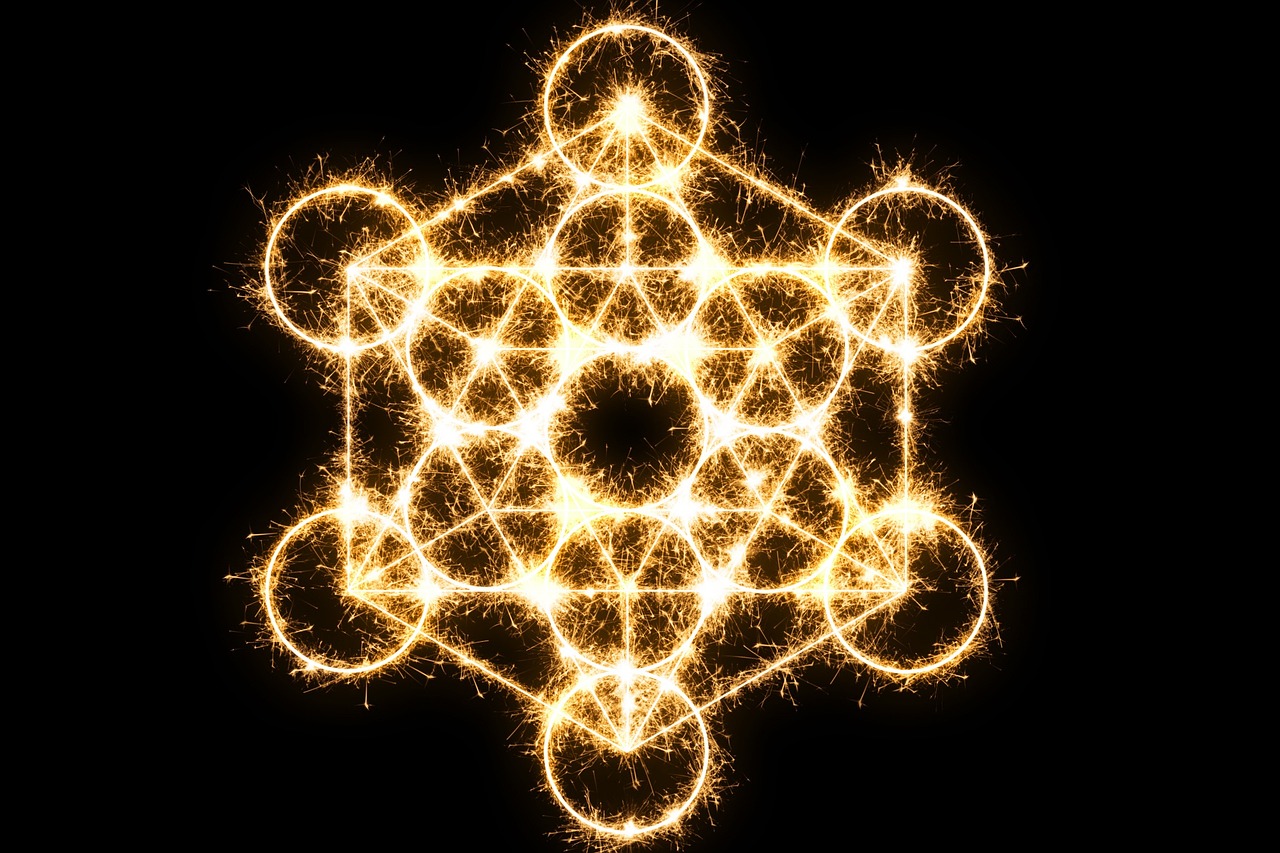Your Personalized Guide: Using Your Human Design Chart for Self-Discovery
Embarking on a journey of self-discovery often entails many methods, tools, and philosophies. Among them, an innovative system known as Human Design has been making waves. This unique tool, often symbolized by a body graph or chart, visually represents one’s inborn characteristics and provides insight into personal potential and challenges. But how does one leverage this human design chart for self-discovery? Let’s explore.
Understanding the Essence of the System
The foundational principle of the Human Design system centers on the idea that every individual is unique, with a specific life purpose. By interpreting a personal chart, insights into one’s true self can be unveiled. Each chart, constructed using your birth date, is a blend of astrology, the I Ching, Kabbalah, the Hindu-Brahmin chakra model, and quantum physics. This synthesis offers an understanding of one’s genetic makeup, providing a roadmap to navigate life’s journey more effectively.
The Five Types and Strategy
A key component in interpreting a human design chart involves understanding the five Types – Manifestors, Generators, Manifesting Generators, Projectors, and Reflectors. Each type represents a distinctive life role with a unique Strategy or approach to life. For example, Manifestors are initiators, Generators builders, Manifesting Generators dynamic doers, Projectors guides, and Reflectors evaluators. Recognizing one’s Type and Strategy promotes personal alignment and reduces resistance, thereby fostering self-understanding.
Centers and Their Significance
The body graph showcases nine geometric centers, each symbolizing a specific aspect of human nature. These centers may be open (undefined) or defined, indicating a consistent energy flow. Understanding the interplay of these centers illuminates one’s strengths, vulnerabilities, and potential growth areas. For example, a defined Throat Center signifies a consistent capacity for communication, while an undefined center indicates adaptability in communication styles, albeit with potential vulnerability to external influences.
Profiles and Lines: The Key to Personality
Further enriching the self-discovery process are Profiles and Lines. The Profile, a combination of two numbers, offers insights into how an individual interacts with the world. The six Lines represent different ways of being, akin to archetypes. The interplay of Profiles and Lines offers additional layers of depth to one’s understanding of self, empowering individuals to fully embrace their uniqueness and potential.
The Importance of Authority
A critical concept in the interpretation of a personal chart is Authority. This term refers to the decision-making aspect inherent in one’s design. Understanding one’s Authority can lead to more aligned decision-making, promoting a life of less resistance and greater authenticity.
Self-Discovery through Experimentation
The beauty of the system lies in its practicality. Rather than merely providing theoretical insights, it encourages individuals to experiment with the information, live their design, and validate their truths. This experimentation-based approach promotes self-understanding and enables a transformative journey of self-discovery.
Conclusion
The process of self-discovery is deeply personal and ever-evolving. Utilizing the unique system of Human Design offers a distinctive, personalized guide for this journey. By understanding the principles underlying the body graph, individuals can unlock profound insights into their true selves. As with any tool, its effectiveness lies in its application. Therefore, actively experimenting with and living out the insights derived from the chart can catalyze a life-changing journey of self-discovery. Ultimately, the goal is to know oneself better and live a life of authenticity and fulfillment in harmony with one’s inherent design.

